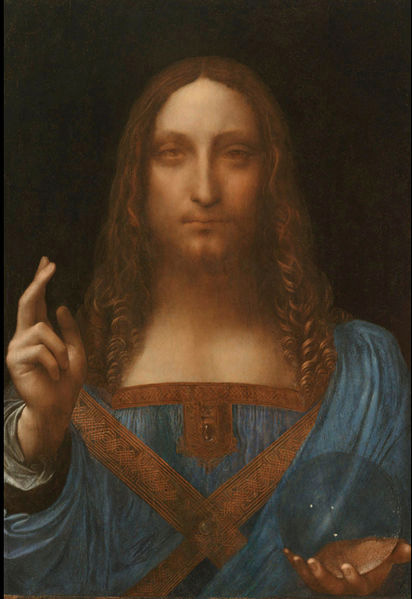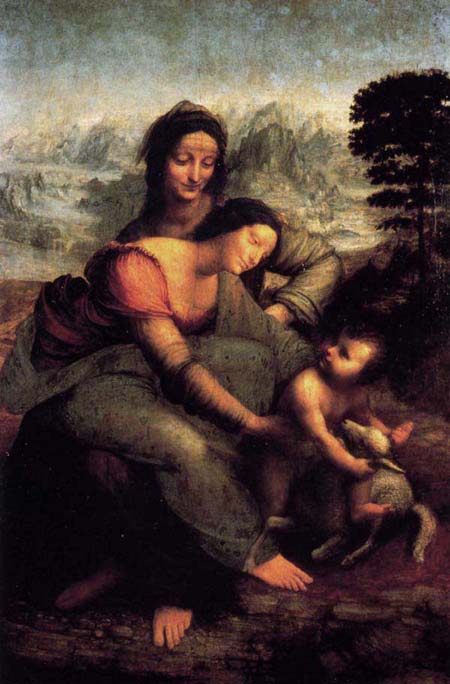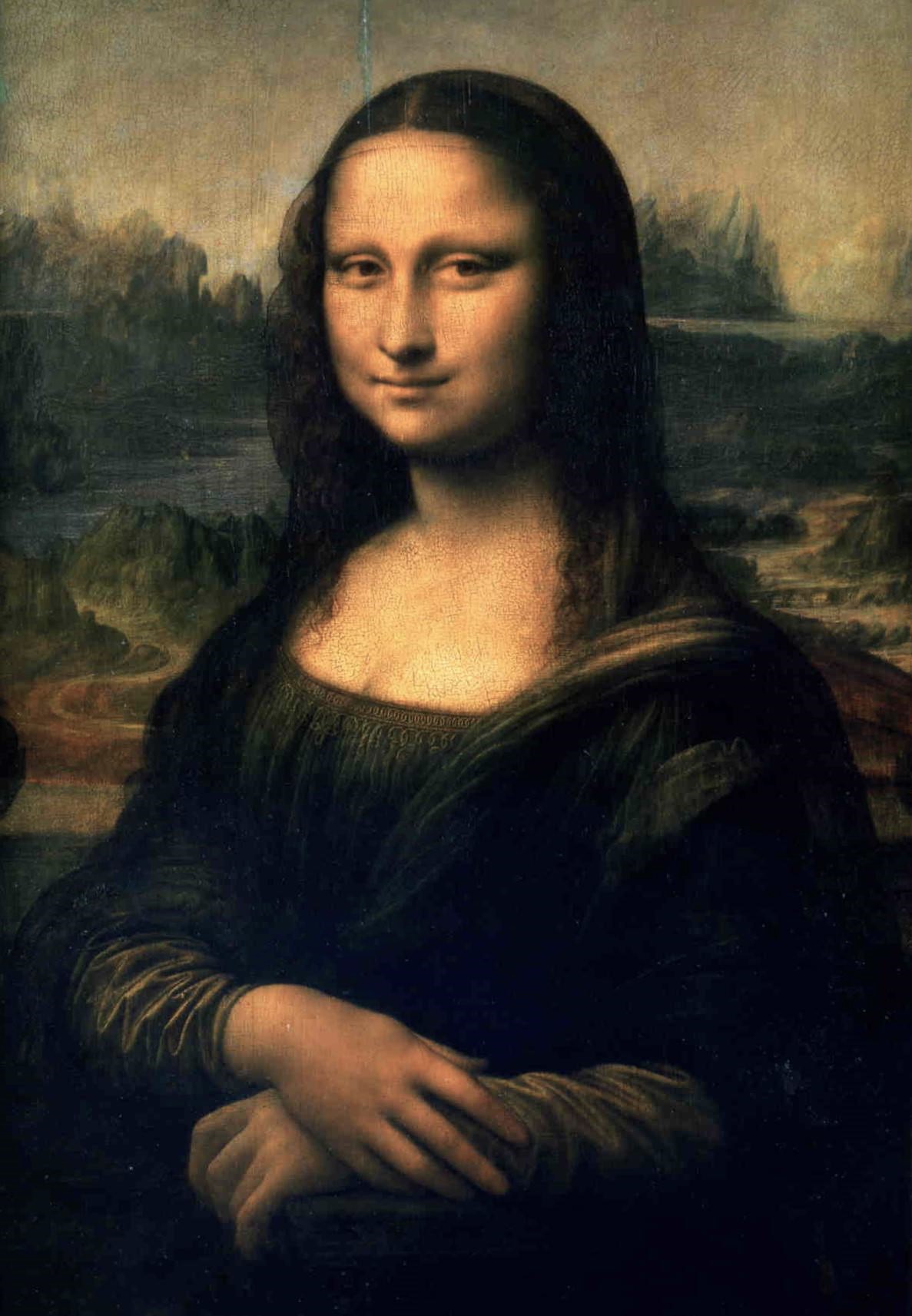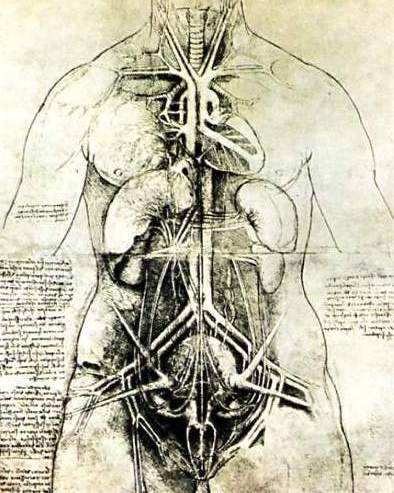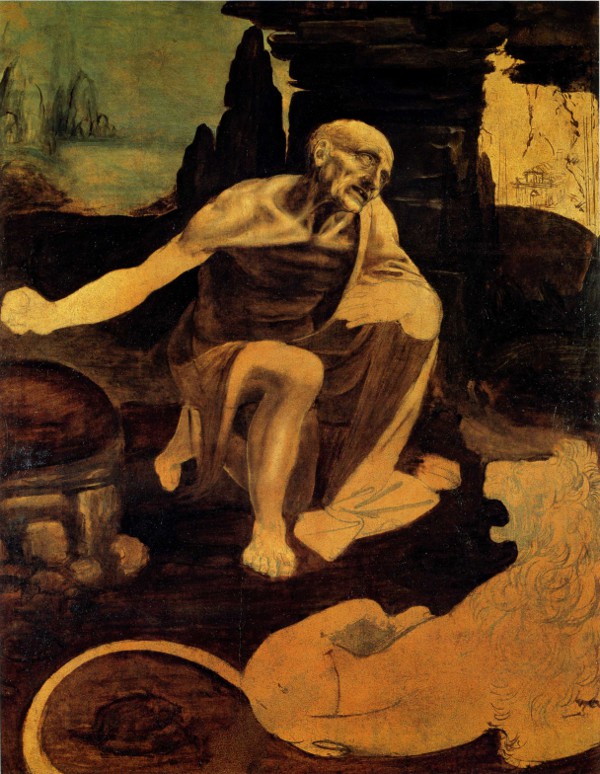Salvator Mundi.
Leonardo's lost Painting?
Leonardo da Vinci's painting of Christ as the saviour of the world - the Salvator Mundi - has seen many versions. Some of these that were originally attributed to the master have now been dismissed as false. In the two versions below, you will find the latest authenticated version and the Jan Louis de Ganay version, which although featuring in some textbooks is now not thought to be by Da Vinci. This really highlights the changing perceptions of experts within the art world.
Well, Leonardo's latest masterpiece was sold at auction on November 17th, 2017, for $400m dollars - $450m with costs. The telephone bidding was intense culminating in an outbreak of applause when the hammer finally went down after 20 minutes of bid and counter bid. The new owner, or owners, of the painting, are guaranteed anonymity by the auction house so unless they reveal themselves, we have no idea of the location of this work.
Update: - it has been revealed that the painting was purchased by a Saudi Prince on behalf of Crown Prince Mohammed bin Salman. The painting is intended for display in the Louvre Abu Dhabi so at least it will be seen by visitors to that museum, or so we thought the present location of the painting is unknown.
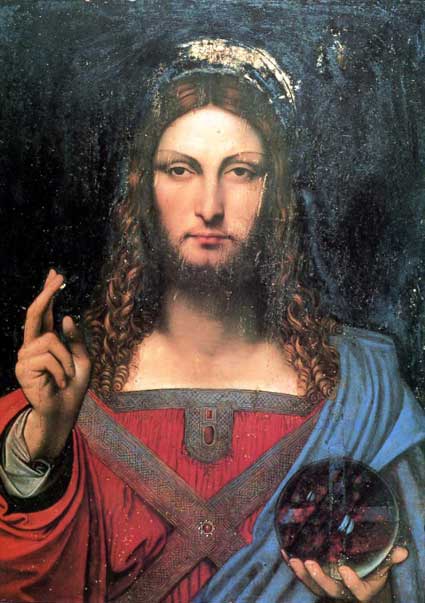 Salvator Mundi. Jan Louis de Ganay collection Paris. (s)
Salvator Mundi. Jan Louis de Ganay collection Paris. (s)There are around twenty versions of Salvator Mundi, and this recently restored painting exhibits more of the Leonardo-like qualities that we have come to expect from the master. However, no pre-restoration images or method of cleaning have so far been released - until now! Christies has released a time-lapse video of the restoration, see below
Personal Opinion:-
I find this version of the Salvator Mundi much more convincing than the Jan Louis de Ganay portrait. The sfumato effect displays a subtleness that is very Leonardo, also the luminosity on the chest and forehead of Christ is pure da Vinci. The transparent crystal orb in Christ's left hand is a confident statement that is absent from other copies of the subject and the overall depth of the work has a hypnotic quality that draws the viewer deeper into the painting. Of course, we do not know the scale of the restoration or how much of the work has been stripped back, hopefully, the process will be made available to the public in the not-too-distant future.
I will be visiting the exhibition at the National Gallery early in 2012 to view the work first hand this will allow me to make comparisons with other Leonardo works on display at the same venue. Visited Sunday 22 January 2012 (fantastic exhibition) read the review.
This painting is documented in the collection of King Charles I of England in 1649 before it was sold at auction by the Duke of Buckingham's son in 1763. It was purchased in 1900 by Sir Frederick Cook a British art dealer. Where the work had been stored between these dates is unknown however several previous poor restoration attempts had made the painting difficult to authenticate, it was sold at auction in 1958 for £45.
In 2005 the work was acquired by a consortium of US art dealers for $10.000 and restored. In 2013 it was sold to Yves Bouvier, a Paris dealer, it was then purchased by Dmitry Rybolovlev, a Russian billionaire for $127m dollars before being consigned to Christie's for the November 2017 auction. The painting has been studied by several experts on Da Vinci and the renaissance period, the consensus is that this work was painted by Leonardo da Vinci and is the original from which the many copies depend.
In a bold move by the National Gallery catalogued the painting as a newly discovered Leonardo.
Leonardo exhibition at :
The National Gallery, London. 9 November 2011 - 5 February 2012.
Note: - The exhibition ended on February 5, 2012. However, a worldwide cinema showing is planned, details available from the National Gallery.
Salvator Mundi, Marquis de Ganay version.
The Salvator Mundi (saviour of the World) was commissioned by Louis XII of France in 1506 and Leonardo had finished the work by 1513. The image of Christ giving his blessing to the world was a popular subject in French and Flemish art and the half-length pose is typical of the era.
On the death of his wife, the painting was donated, by Louis, to a religious order who had connections with his wife, in Nantes. A century later Henrietta Maria, Queen of England, saw the painting in 1650 (the year after her husband Charles Ist was executed) she asked the artist Wenceslaus Hollar to make an etching of the work to add to her collection. In the 19th century, the convent that possessed the painting was dissolved and the Salvator Mundi was sold to Baron de Lareinty of Paris. After subsequent sales, the work came into the possession of the present owner the Marquis de Ganay.
Is this really by Leonardo?
Various tests conducted on the painting have convinced many historians that the painting is authentic. X-rays show that the paint had been applied in thin layers on a wooden base, nut wood was used for this work and Leonardo's St John of the same period.
The swirl of the hair is said to be reminiscent of other da Vinci portraits and historians point to similarities in the shadows of the face and the angle of the light to support the authenticity. The work has been altered since Leonardo's day, the orb originally supported a cross that has since been removed and a thick coat of varnish has been added to the painting.
Personal Opinion: -
It is not in doubt that Leonardo did complete a painting of this title, the documentary evidence is beyond question. It is estimated that seventy-five percent of all Leonardo's works are still lost, and this strong image could well be one of them. However, today's art world contains lots of individuals who know far more about the financial implications of any new discovery than they know about the actual paintings themselves. A new painting by an artist as famous as Leonardo da Vinci would inevitably create a buzz within the art world and it is highly likely that values across a range of works would increase as a result.
This painting almost appears too modern for da Vinci. Christ's right hand and sleeve are tightly finished as are the ringlets of the hair, they seem to lack the smokiness of Leonardo's sfumato. The modelling of the face seems quite flat when I first saw this work, and it reminded me of an overworked Modigliani (that is not intended to be a criticism). I admire this work very much, it just seems so fresh and alive, and would certainly like to own it regardless of who painted it. In conclusion, I do hope that this is by da Vinci, who would have been about sixty-one years old at the time it was painted, but I would not bet my house on it.
- Home
- Leonardo da Vinci
- Salvator Mundi
